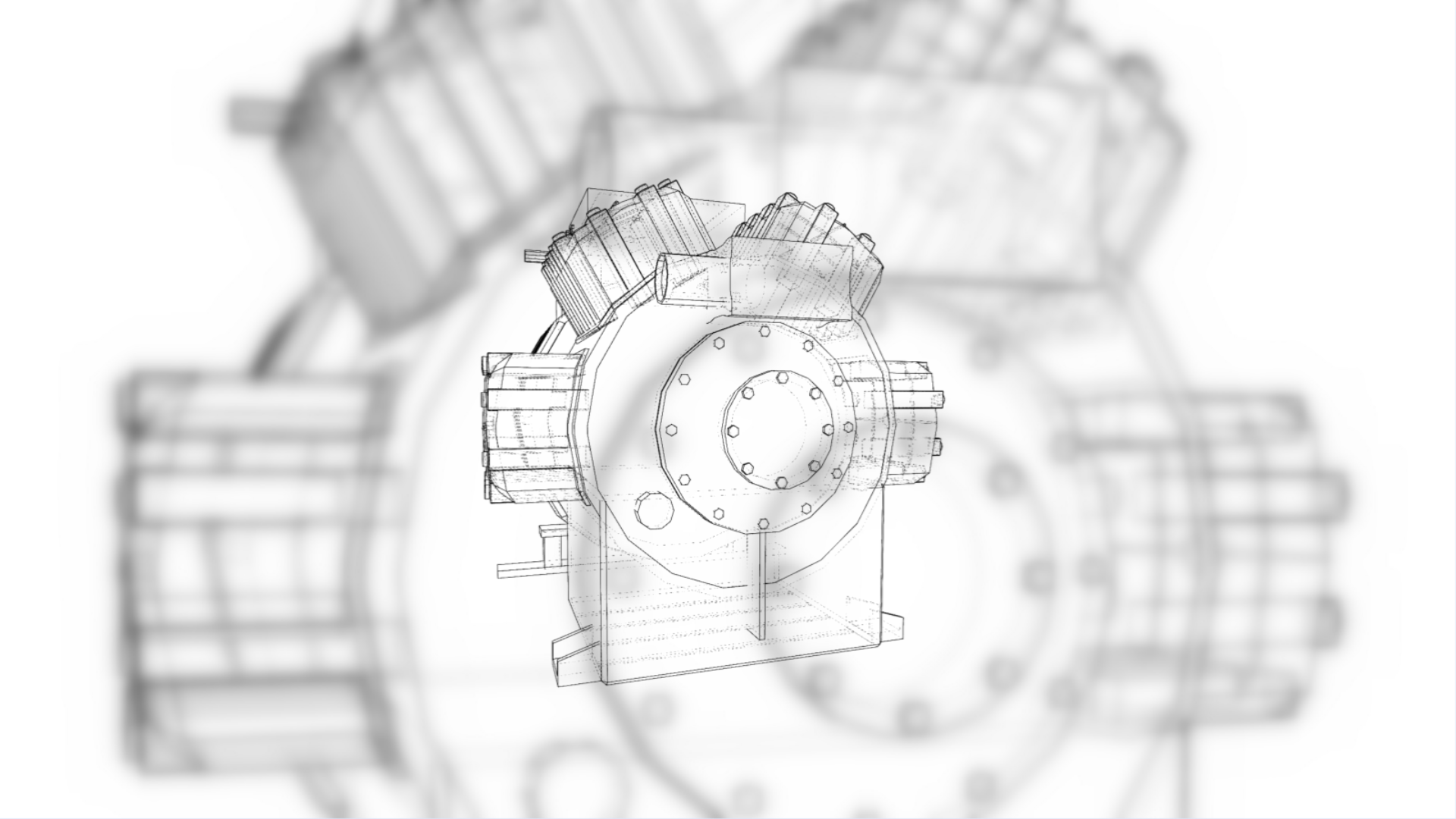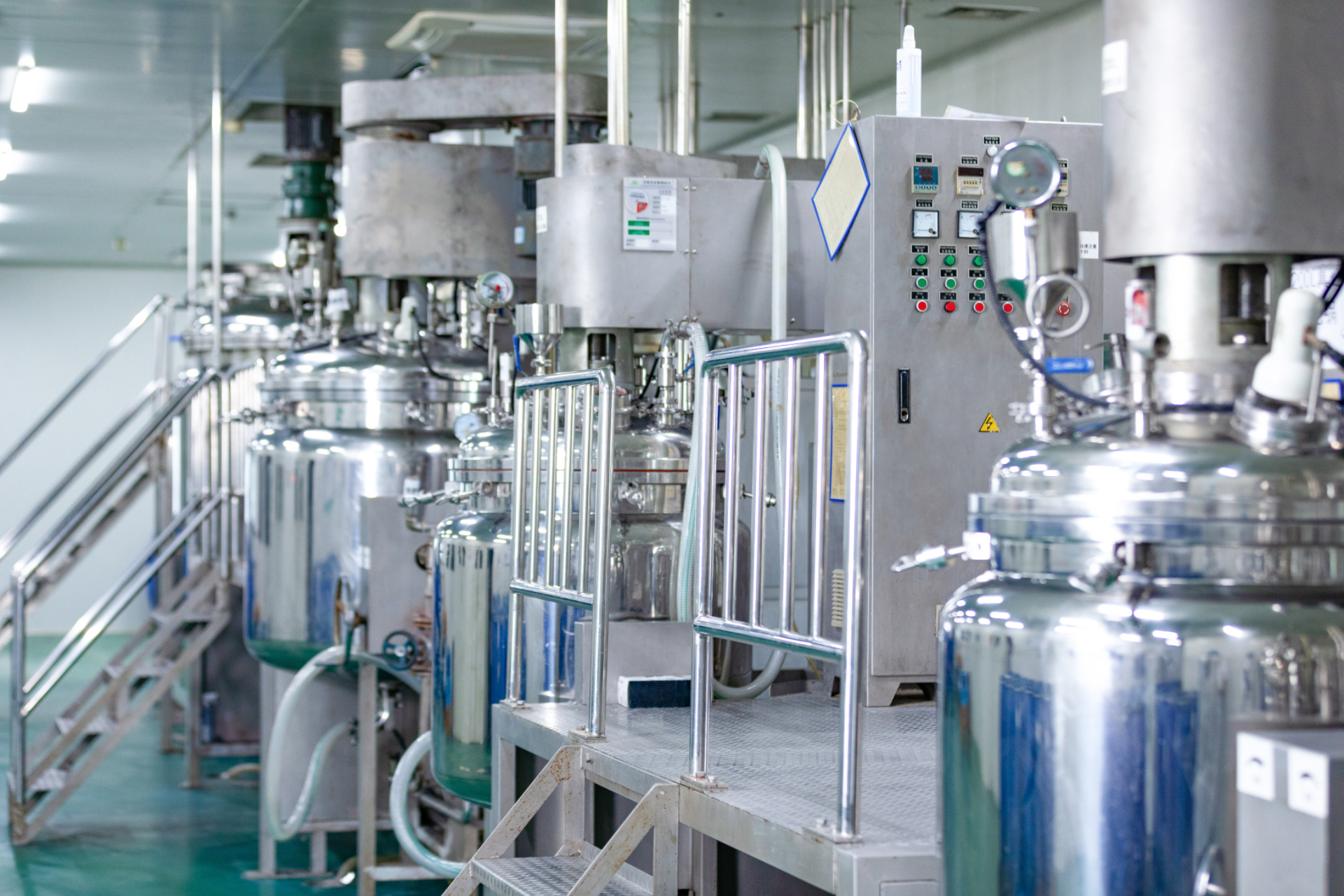- Home
-
Core Technology
Core Technology
-
Business
Business
-
Research and Manufacturing
Research and Manufacturing
-
About Us
About Us



Green and Low-Carbon | High-Efficiency Energy Utilization | New Path to Cost Reduction and Efficiency Enhancement

In conventional deammoniation systems, a significant portion of the latent heat from secondary steam is not effectively recovered, leading to excessive steam consumption and high carbon emissions.
By adopting MVR heat pump technology for heat recovery, the system achieves reduced steam consumption, lower circulating water usage, and enhanced energy efficiency.
Granted 4 invention patents and utility model patents
The annual amount of wastewater treated to meet standards is 3.7 million tons, saving customers a cumulative operating cost of approximately 29 million yuan each year, and achieving a cumulative annual carbon emission reduction of up to 21,064,059.3kg
Based on the second law of thermodynamics and leveraging thermodynamic cycle principles, ammonia-laden vapor from the top of the column enters the evaporator to exchange heat with steam condensate. The vaporized low-grade steam is pressurized and heated via compressor work, thereby upgrading its thermal potential. This enhanced steam then serves as a heat source for the reboiler, where it condenses and releases latent phase-change heat, supplementing thermal energy to the deammoniation tower. This closed-loop process achieves cyclic heat recovery, significantly improving system-wide energy utilization efficiency.

Reduce steam consumption
Significant energy-saving and consumption-reducing effects have been achieved, with steam consumption in a single system reduced by 50-70%.
Reduce the usage of circulating water
A single system reduces circulating water consumption by 40-50%.
Reduce carbon emissions
Optimal selection of green and low-carbon processes, with calculated carbon emission reductions exceeding 30%
The equipment procurement process is simple, and costs remain fully controllable.
Wide application range
The transformation does not affect the performance of the original distillation system


